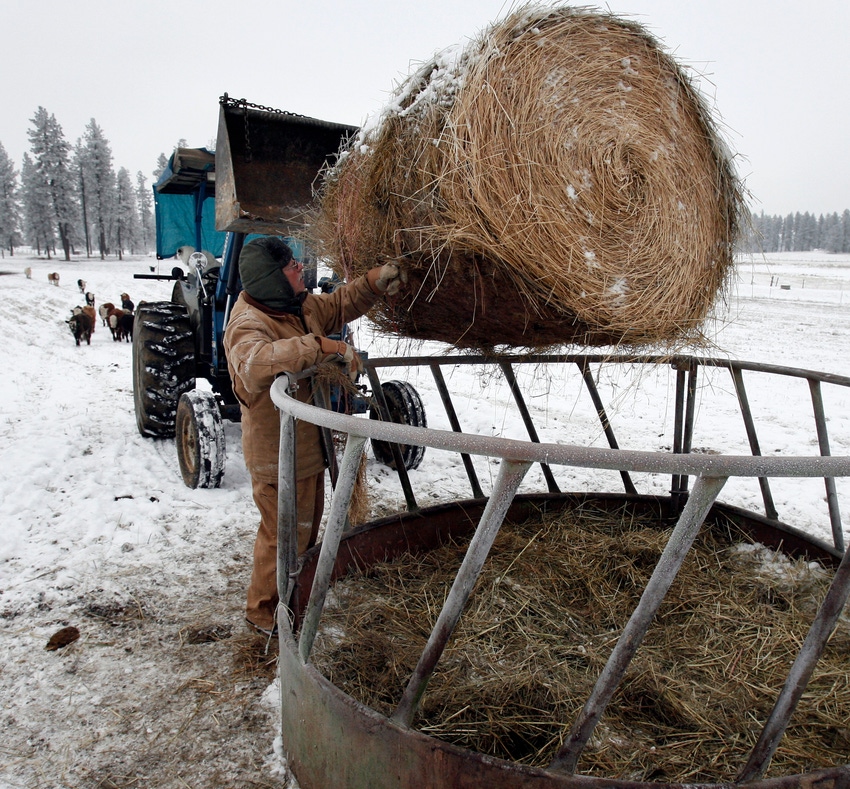If ever there was a year to test your feed, this is it.

It’s a great year for much of America’s midsection. If you’re a duck.
It’s a tough year for beef producers. Has been. But those of you in the middle of the volatility and weather extremes already know that. As a reminder, however, read Amanda Radke’s blog earlier this week about conditions on her family’s South Dakota ranch.
I joined Amanda and Alan Newport, editor of BEEF’s sister publications Beef Producer and BEEF Vet, for a round of presentations at Husker Harvest Days (HHD) in Grand Island, Neb., last week. From there, I drove to North Dakota.
What I saw is hard to describe in one word. Remarkable and dismal. Amazing and depressing. Round bales in puddles of standing water. Hay meadows and pastures that look more like bogs than productive fields. Rivers running bank to bank.
READ: 4 tips to get the most out of your hay sampling
I was aware intellectually that much of that country had too much rain and too much flooding. But to see it first-hand is another thing. Most round bales I saw were still in the field, many had turned black, their feed value almost nil.
In a tough year like this, it’s essential to trim overhead. But there’s one area where it might pay to spend a little money. And that’s testing your hay.
A mineral company rep was in the booth next to ours at HHD and he and I had several great conversations about animal nutrition and supplementation. Granted, he has product to sell, but much of what we discussed makes sense. And much of that discussion revolved around what I saw as I drove north.
Bottom line—there’s a lot of rained-on hay around. For those dealing with that, there are no good options. Feeding it won’t provide the nutrition that cattle need to get through the winter. Buying and trucking hay is expensive.
READ: Plan for potentially short hay supplies
It’s likely some of the late-planted corn will be cut for silage. Will the nutritive value be enough if the ears aren’t fully developed?
On the plus side, pastures are green and winter grazing should be good. But with all the rain, the grass is likely washy and will probably have less protein than average. So will any late-baled hay.
Either way, knowing what you’ve got from a nutritional perspective matters. As we know, cows in less-than-adequate body condition will have a harder time squeaking through winter, won’t be able to produce adequate colostrum and will produce a calf that has two strikes against it before its ever born.
Let’s hope the weather of 2019 is behind us. But perhaps it’s wise to be prepared to help your cows winter another hard one.
I hit rain on and off throughout my drive north last week. As the sun waved its last golden goodbye to the day behind a bank of dark clouds, it began raining. Again.
About the Author(s)
You May Also Like



